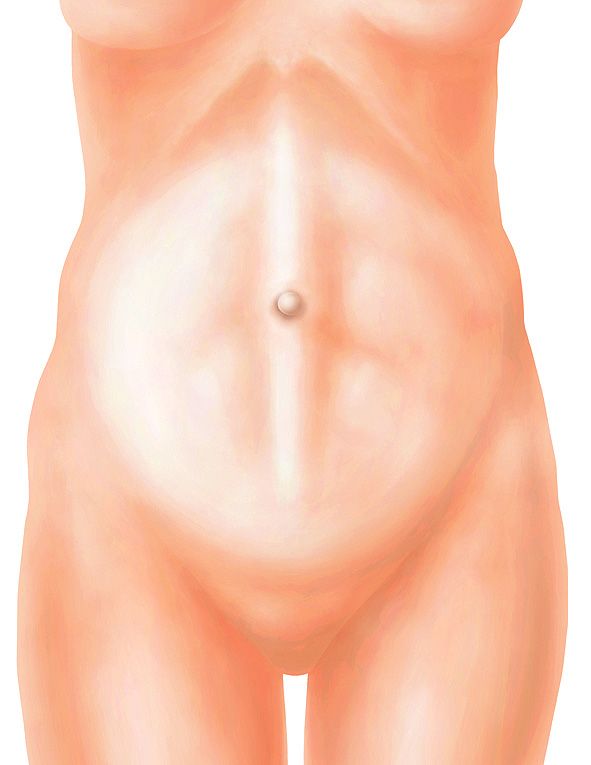 A rectus diastasis is a divergence of the straight abdominal muscles in the midline by more than 22 mm (measured 3 cm above the navel). Typical is the protrusion of an elongated bulge in the midline when the head is raised. Surgical treatment brings relief in case of discomfort. Complaints often occur in young, athletically active women, as rectus diastasis results in a restriction of the muscular function of the abdominal wall.
A rectus diastasis is a divergence of the straight abdominal muscles in the midline by more than 22 mm (measured 3 cm above the navel). Typical is the protrusion of an elongated bulge in the midline when the head is raised. Surgical treatment brings relief in case of discomfort. Complaints often occur in young, athletically active women, as rectus diastasis results in a restriction of the muscular function of the abdominal wall.
Surgical techniques
As rectus diastasis is often associated with excess skin (fat apron) after pregnancy, we usually perform a reconstruction of the abdominal wall together with colleagues in plastic surgery in order to meet cosmetic requirements. The operation is planned individually. It usually involves a transverse incision in the lower abdomen corresponding to the extended incision of a caesarean section. The abdominal wall is reinforced with a plastic mesh, which is placed directly in front of the peritoneum, and the rectus diastasis is removed. The skin is tightened by plastic surgeons, usually by moving the navel.
Possible complications
- General complications: Allergic reaction, thrombosis, urinary retention
- Surgical complications: Bleeding, fluid accumulation, infection, injury to intra-abdominal organs, circulatory problems of the umbilicus, occurrence of a hernia, chronic pain
 A rectus diastasis is a divergence of the straight abdominal muscles in the midline by more than 22 mm (measured 3 cm above the navel). Typical is the protrusion of an elongated bulge in the midline when the head is raised. Surgical treatment brings relief in case of discomfort. Complaints often occur in young, athletically active women, as rectus diastasis results in a restriction of the muscular function of the abdominal wall.
A rectus diastasis is a divergence of the straight abdominal muscles in the midline by more than 22 mm (measured 3 cm above the navel). Typical is the protrusion of an elongated bulge in the midline when the head is raised. Surgical treatment brings relief in case of discomfort. Complaints often occur in young, athletically active women, as rectus diastasis results in a restriction of the muscular function of the abdominal wall.